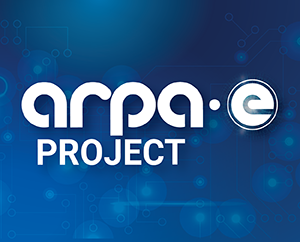Quantification of Atmospheric Carbon Dioxide Removal Using an Autonomous Ocean Sensor thatMeasures Sinking Particulate Carbon Flux

Technology Description:
Woods Hole Oceanographic Institution (WHOI) is developing a natural thorium decay sensor that would attach to gliders, autonomous vehicles, and profiling floats to quantify the flux rates of particulate organic carbon to the deep ocean for marine carbon dioxide removal. WHOI’s proposed sensor takes advantage of the naturally occurring radioactive isotope thorium-234, which provides a “clock”, much like carbon dating, that indicates the rate of carbon-containing planktonic detritus sinking from the surface to the deep ocean. Unlike current methods that require multi-step laboratory analysis, the proposed sensor doesn’t require ship-based sample preparation and can analyze large volumes of water in the ocean, autonomously, for periods of at least a year.
